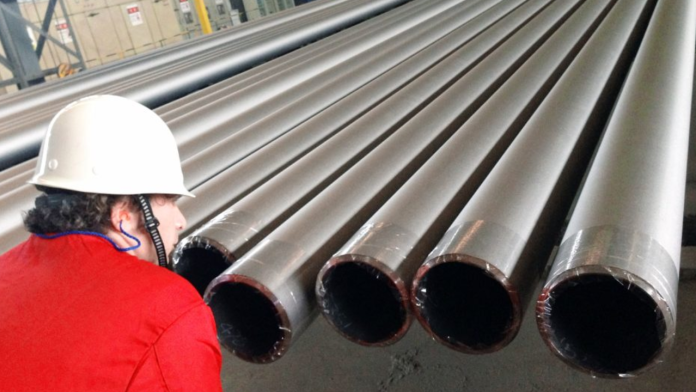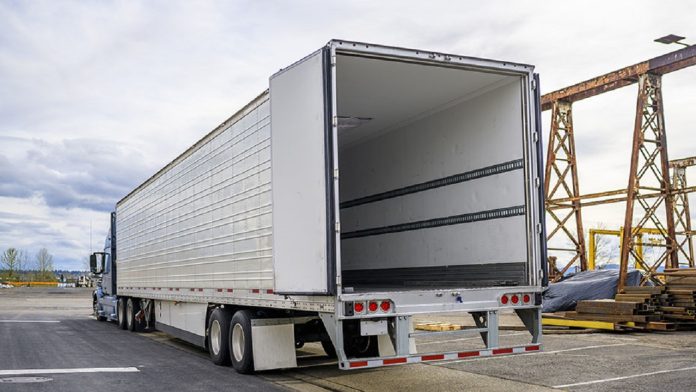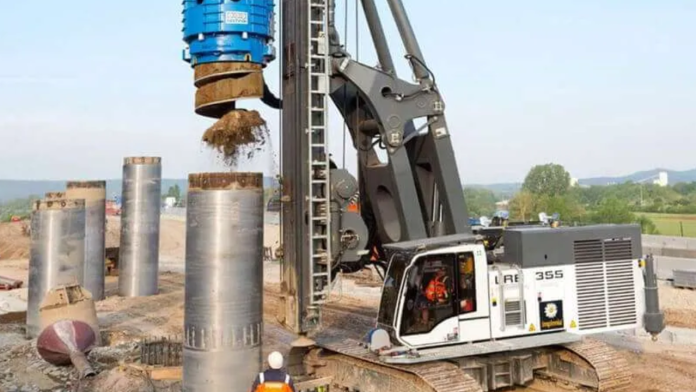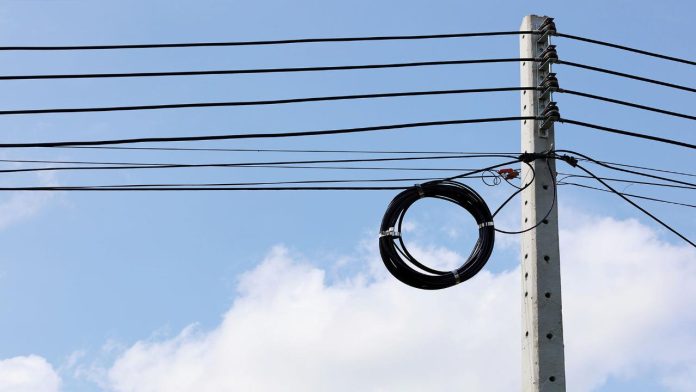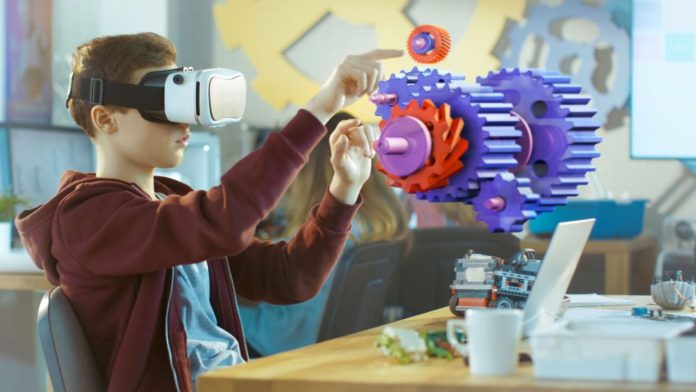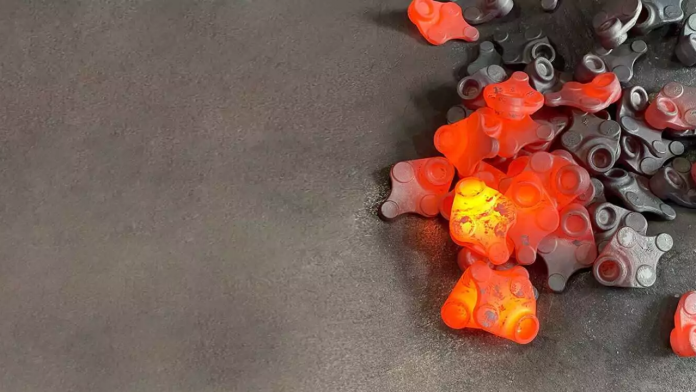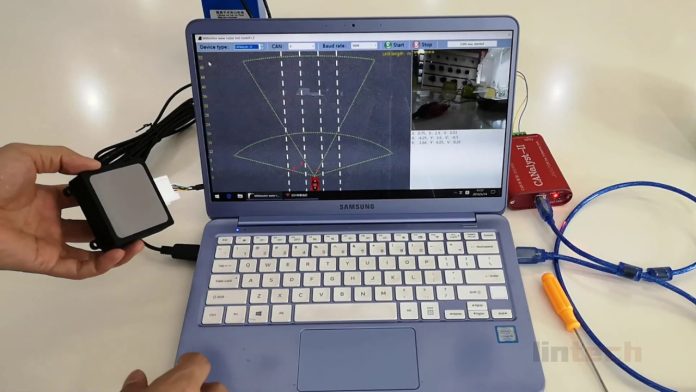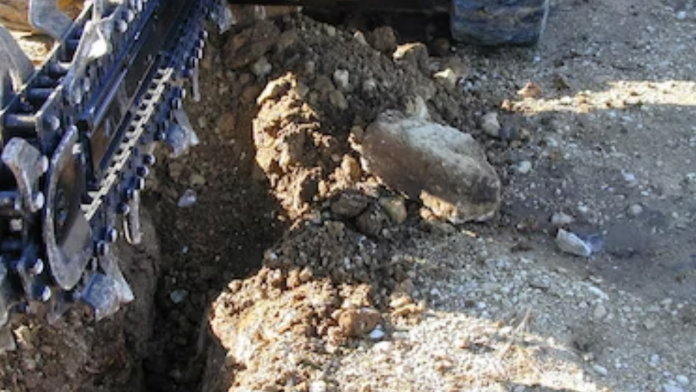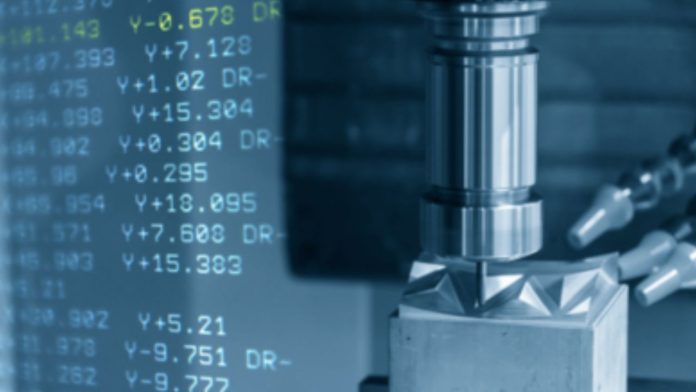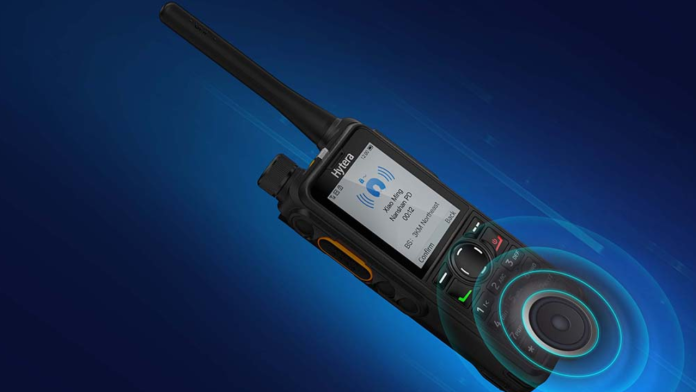Exploring the intricacies of steel pipe utilization requires accuracy and foreknowledge to stay away from exorbitant mistakes. Understanding normal entanglements is foremost to guaranteeing fruitful tasks. From inappropriate material determination to deficient establishment works, disregarding significant subtleties can prompt primary trustworthiness splits the difference and monetary misfortunes.
In this article, we’ll investigate seven normal slip-ups to keep away from while working with steel pipes. By perceiving these steel pipes entanglements and carrying out proactive measures, designers, workers for hire, and project supervisors can alleviate chances, maintain security guidelines, and streamline project results in the domain of steel pipe applications.
Why TUSPIPE Steel Pipes Matter?
Tuspipe steel pipes matter because of their faithful obligation to greatness and dependability. With rigid quality control measures, careful provider determination, customized administration, convenient conveyance, and serious evaluation, Tuspipe guarantees predominant items and consumer loyalty.
Trusted by industry specialists, Tuspipe steel pipes offer unrivalled strength, trustworthiness, and ideal execution, making them essential in a different exhibit of development and framework projects. With their demonstrated history and unflinching obligation to quality, Tuspipe steel pipes rouse certainty among partners.
This will guarantee the effective culmination of activities while maintaining the best expectations of dependability and sturdiness. In different applications, from private advancements to huge-scope modern activities, Tuspipe steel pipes reliably convey unrivalled execution, acquiring the trust and support of industry experts around the world.
Mistakes to Avoid with Steel Pipes
If you want to keep your construction work perfect with steel pipes then it is important to keep in mind the given mistakes so that you do not get into trouble:
Lacking Material Selection
Picking some unacceptable steel grade or determination for an undertaking can prompt huge issues down the pipe. Factors like erosion obstruction, temperature opposition, and primary prerequisites should be painstakingly considered to guarantee the chose steel pipe addresses the venture’s issues.
Unfortunate Dealing with and Capacity Practices
Improper care of and stockpiling of steel pipes can bring about harm, deformity, or tainting, undermining their primary honesty. Abstain from misusing, openness to cruel components, and deficient stockpiling conditions to keep up with the nature of the pipes all through the development cycle.
Inaccurate Establishment Techniques
Improper establishment procedures, like deficient welding, inappropriate arrangement, or lacking help, can think twice about the honesty of steel pipes and lead to breaks, disappointments, or primary issues. Guarantee that establishment methodology complies with industry norms and maker rules to ensure the life span and unwavering quality of the pipeline framework.
Ignoring Consumption Protection
The inability to execute sufficient consumption assurance measures can bring about the untimely weakening of steel pipes, prompting exorbitant fixes or substitutions. Use fitting coatings, cathodic assurance frameworks, or erosion-safe materials to defend steel pipes from consumption in destructive conditions.
Absence of Value Control
The inability to lead exhaustive quality control assessments all through the assembling, transportation, and establishment cycles can bring about unacceptable or inadequate steel pipes. Carry out rigid quality control measures to recognize and address any imperfections, irregularities, or resistance issues speedily.
Overlooking Ecological Factors
Disregarding natural factors, for example, soil conditions, temperature varieties, or openness to destructive substances can think twice about the execution and life span of steel pipes. Direct extensive site appraisals and natural effect assessments to distinguish possible dangers and execute suitable alleviation measures.
Skirting Normal Maintenance
Disregarding standard upkeep and review of steel pipes can prompt undetected issues, crumbling, or disappointments over the long run. Lay out a proactive upkeep timetable and direct normal examinations to distinguish and resolve any expected issues before they heighten, guaranteeing the proceeded with usefulness and dependability of the pipeline framework.
To Conclude
Consciousness of normal missteps while working with steel pipes is pivotal for project achievement. By keeping away from blunders, for example, inappropriate material choice and deficient establishment rehearse, partners, can guarantee primary uprightness and keep away from exorbitant misfortunes, prompting more secure and more effective development projects.


